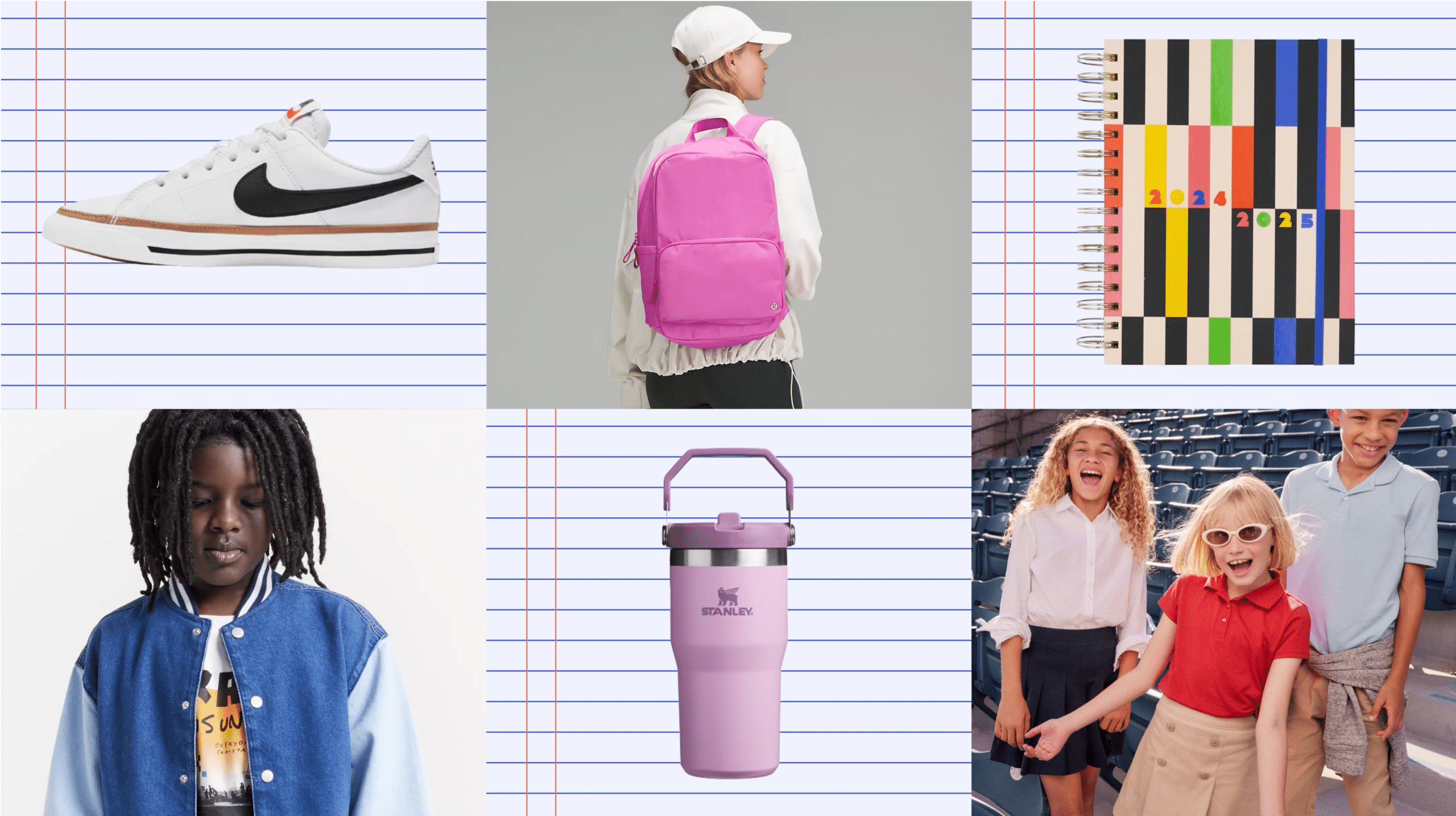8 Things To Know About Maintaining Authenticity in Sponsored Content

Scoring partnerships with prestigious brands is one of the most exciting parts of being a Creator; it’s a thrilling opportunity to showcase your passions to a wider audience. Yet, it can come with a delicate balancing act of preserving your authentic voice and adhering to a brand’s guidelines and expectations.
Below, Collective Voice’s internal brand strategy and casting expert, Karis Dodd, provides her invaluable insights into the eight essential factors every Creator should know when creating sponsored content.
According to Karis, preserving your authenticity and unique perspective is the key to making these collaborations truly meaningful. Follow these tips to help you stay true to your craft and thrive in the world of sponsored content.
1. Trust can make or break sponsored content.
Trust and authenticity are really important to both brands and audiences, and therefore should be important to any Creator as well!
Brands want to know that the people they’re partnering with are excited about their products so that they actually resonate with the Creator’s audience. Creators should also want their sponsored content to resonate so their audience doesn’t get annoyed or think that the Creator is coming off as “fake.”
2. Sponsored content should be a natural fit with your organic content.
Sponsored brand content that doesn’t fit with your usual content, goes against your stated brand values, or has extremely different perspectives and aesthetics will be hard for audiences to buy into.
So working with brand partners who are a good fit is the first step towards making sure your sponsored content is genuine.
Consider if the brand or product is something you’d be excited to post about and create a concept around. It’s one thing to like something and use it in your daily life, and it’s another to have to work it into your content seamlessly. Think about if this campaign ties in with the content you’re already creating, and if this is a brand that you’re excited to be a representative for.
3. Make sure to consistently post organic content.
One way to make sure your sponsored content doesn’t come off as inauthentic is to continue promoting products and services outside of your sponsored content. You don’t want your audience to get used to you only promoting products when the post is sponsored; this will make it seem like you only post about something if you’re being paid.
Talk about other things you like organically, and talk about the brands you want to work with! Then, when you do land a deal with that brand you’ve been posting about (and hopefully you will), your audience will know that the partnership is authentic and that you do stand behind that product. They might even be proud of you for “getting your bag!”
4. Find creative ways to incorporate a brand’s products into your niche.
Anything that falls outside the norm of products you’re organically posting about can create a challenge, even if the brand is something you use every day and are excited to post about!
For example, let’s say your primary focus as a Creator is fashion, but you use AT&T for your cell phone network. AT&T may want to partner with you, and you might be excited to talk about the phone plan you use and love. However, if your followers aren’t used to you speaking about technology (or similar products and companies) in an organic capacity, it may be hard for them to buy into this partnership, even though you use the product daily.
I’d challenge you to think about what the path of least resistance looks like to integrate the product’s messaging into the content you’re already creating. Using the above example, you could showcase the reach of your cell phone network by taking outfit photos all around your city while talking on the phone, like in those “can you hear me now?” ads. If you like showing “BTS” content to your audience, could you create a video showing how you use your phone to send yourself your content, edit your photos, and plan your outfits? Don’t overthink it!
5. Align on messaging and goals before accepting campaigns.
When you’re speaking to a brand about a potential campaign, give them a preview of your creative ideas as soon as you can in the negotiation process!
Ask for a brief before accepting a campaign, and once you have a chance to look it over, ask any clarifying questions or pitch your specific vision to the brand so that everyone can align up front.
Ultimately, if the ideas you’ve suggested aren’t working for them, and vice versa, the campaign may not be the best fit for both sides, and you should feel empowered to turn it down. There will be other opportunities!
6. Be clear about your own content boundaries.
Any guidelines that seem out of the ordinary for you, try to flag to the brand and be proactive about coming up with an alternate solution that you think would work better for you.
For example, say you’re a mom who isn’t comfortable showing your child’s face in content, but your absolute favorite baby clothing brand has just reached out about wanting to work with you. Just because you don’t show your baby’s face doesn’t mean your audience won’t be interested in your POV as a mother and the products you use!
However, you might want to flag to the brand upfront that while you don’t show your child’s face, what you could do instead is create content of you holding them, but with their face turning away, obscured, or out of the frame.
7. Use this checklist for authentic sponsored content.
When creating sponsored content, think through these points to make sure that your content still feels like “you” to yourself and your audience:
- Make sure the caption reflects your voice: Most brand briefs will have specific talking points, but try your best to not just copy and paste directly from the brief. Instead, put your own spin on it.
- Maintain your usual stylistic photo or video elements: It’s especially helpful to submit a concept to the brand before you shoot to ensure that they’re aligned with your vision.
- Show how the product fits in with your life in a real way: Don’t be afraid to get specific and talk about your personal experiences with the product or brand.
- Get your audience involved: Ask them to leave a comment or send a note if they’ve tried the brand’s products, or to let you know how they like them if they do try them. Maintain an open dialogue with your audience so that the partnership feels like a discussion, rather than a one-sided ad.
8. Here’s how to tailor your content to a campaign without losing your voice.
As we said, it’s ideal to find out what the goals of the campaign are first, because you can tailor your messaging to those goals. A brand will be thrilled if you ask them how they’re measuring success on a campaign, or what their goals are.
The best part is that the campaign goals can actually help guide your ideation process, and you don’t have to compromise your voice to do so.
Here are some tips to keep in mind for two types of campaign goals:
- Brand awareness: For brand awareness campaigns, lean on your authenticity and focus more on how the brand plays a role in your life and your daily content. That way, your audience will interact with it in the same way they interact with any of your other content, driving up engagements and impressions.
- Sales: For a sales-focused campaign, this is where you can focus more on the product, and how it plays into your life. Once you’ve signed on for a campaign promoting a product with a sales goal, it’s a good idea to start teasing the product to your audience. You could do a quick unboxing on your stories once you receive it ahead of filming campaign content, or talk about how you’ve been using it, wearing it, etc., before the campaign content goes live. That way, once your post launches, your audience will have already developed awareness and affinity, and be ready to move down the funnel to the purchasing stage!
Ultimately, sponsorship content should be authentic, and it should mix in seamlessly with your organic content. If you’re struggling to stay true to your voice, your vision, and your aesthetic during your brand partnerships, it may be worth asking yourself if they are the right brand partners for you. Or, you may want to give some thought to creative approaches that better match your niche and interests with the products and messages of your partners.




